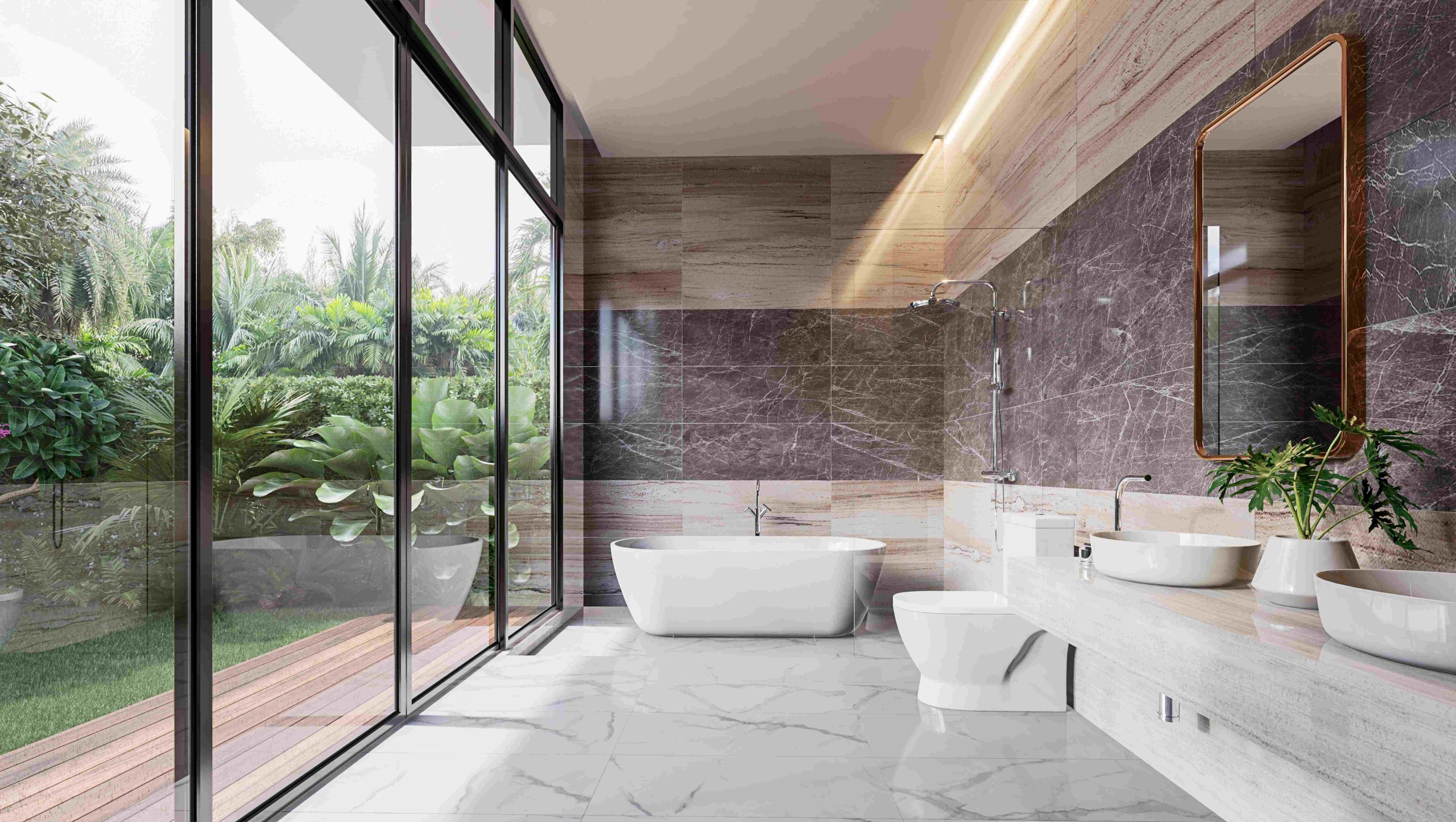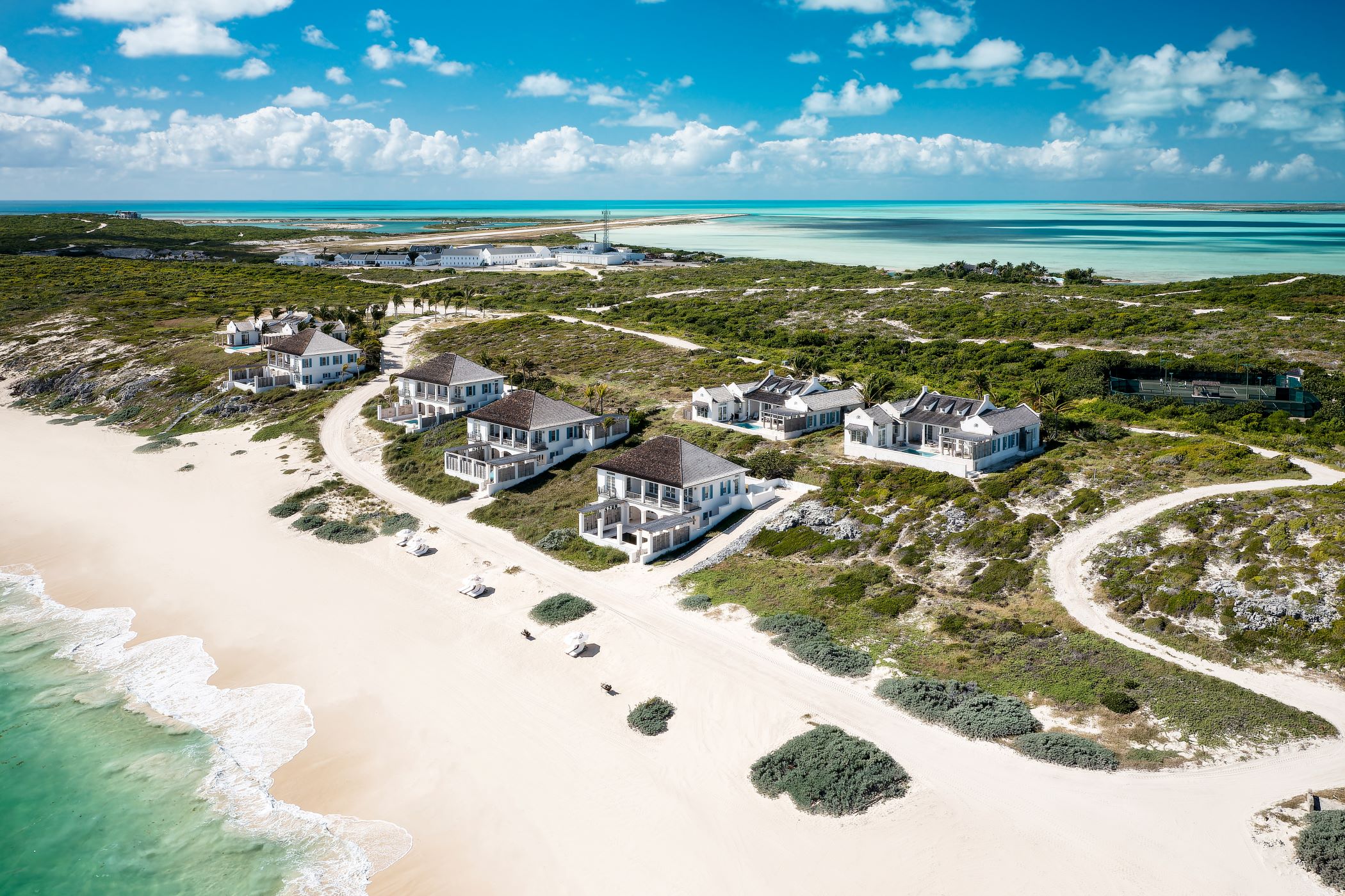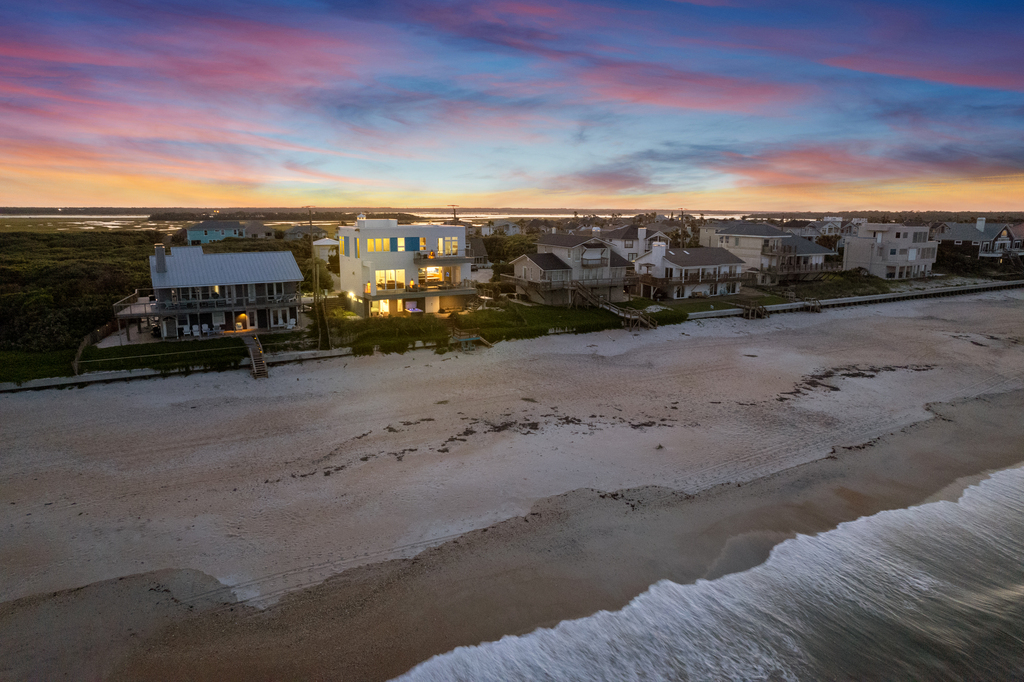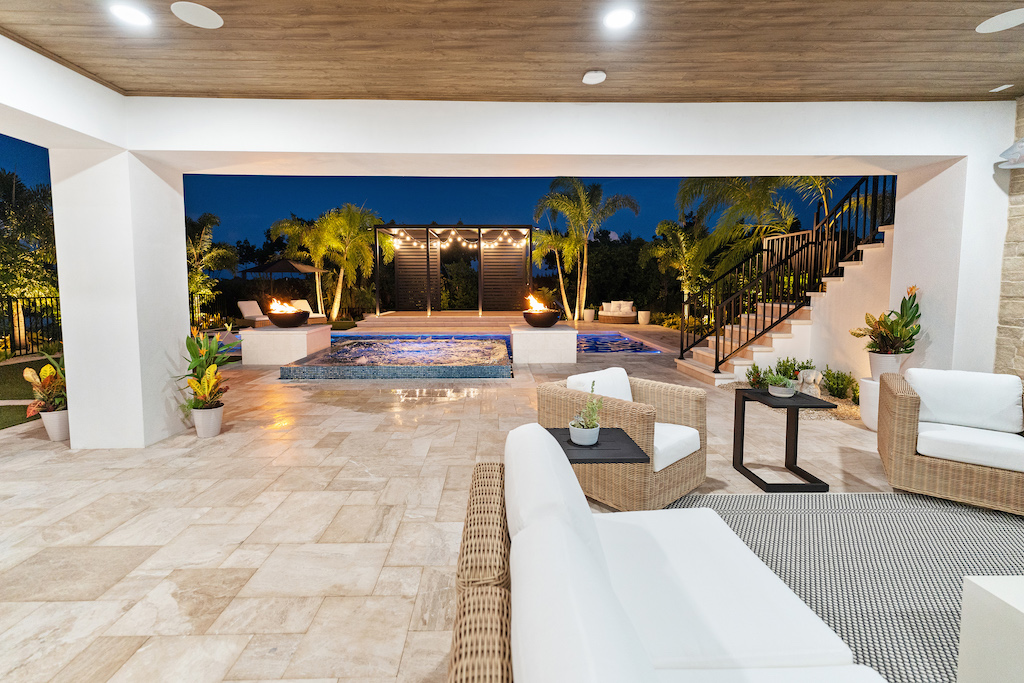In the fast-paced, technology-driven world we live in, it's becoming increasingly important to reconnect with nature to improve our well-being and productivity. Biophilic design is a contemporary approach that seeks to infuse living elements into modern interiors, creating spaces that foster a deep connection with nature. By integrating natural elements, colors, and patterns, biophilic design seeks to emulate the harmony and balance found in the natural world.

Photo Credit: Courtesy of Shutterstock
Incorporating Nature in Modern Interiors
The term "biophilia" was first introduced by biologist Edward O. Wilson, who suggested that humans have an instinctive bond with nature due to our evolutionary history. Biophilic design aims to tap into this inherent connection and improve our well-being, cognitive function, and emotional state. Below are some key ways to embrace biophilic design in modern interiors.
Natural Light
Maximizing natural light in interior spaces not only reduces the reliance on artificial lighting but also enhances our circadian rhythms, boosting productivity and promoting better sleep patterns. Large windows, skylights, and light wells can help flood interiors with sunlight, creating a welcoming and vibrant atmosphere.
Indoor Plants
Introducing plants into indoor spaces brings a touch of nature's serenity and beauty. Besides their aesthetic appeal, plants purify the air, increase humidity levels, and reduce stress. Vertical gardens, potted plants, and hanging planters are popular ways to incorporate greenery into interiors.
Biophilic Materials
Utilizing natural materials like wood, stone, and bamboo not only adds a rustic charm but also imbues spaces with a sense of warmth and comfort. These materials also have a smaller ecological footprint, making them more sustainable choices for interior design.
Water Features
The sound of flowing water can have a soothing effect, creating a sense of tranquility within indoor spaces. Incorporating water features such as indoor fountains or aquariums can help reduce stress and promote relaxation.
Natural Colors and Patterns
Selecting a color palette inspired by nature, such as earth tones, soft greens, and blues, creates a calming ambiance. Additionally, using patterns reminiscent of natural elements like leaves, flowers, or waves can further enhance the biophilic experience.
Views of Nature
Incorporating views of the natural environment, whether through large windows or strategically placed openings, allows occupants to connect with nature even when indoors. Views of lush gardens, green landscapes, or water bodies can provide a sense of peace and rejuvenation.





